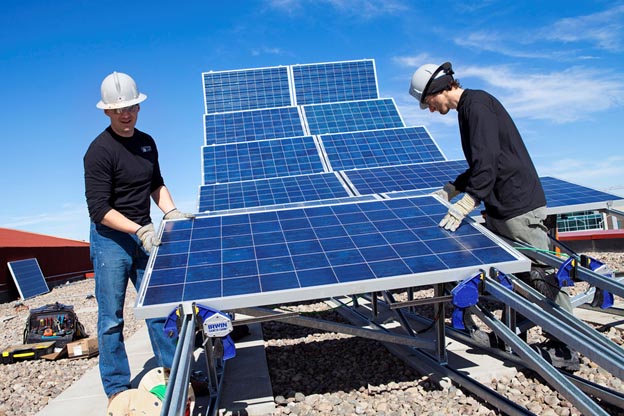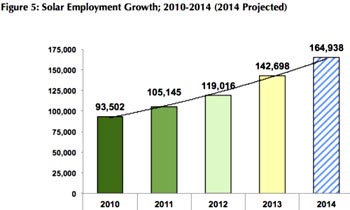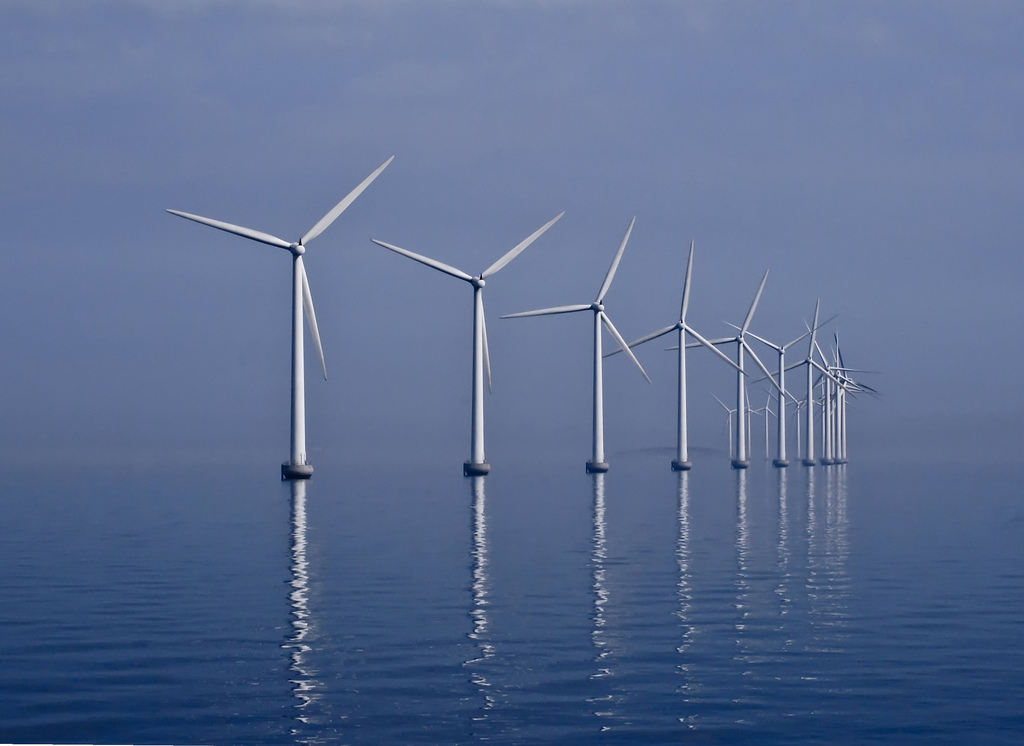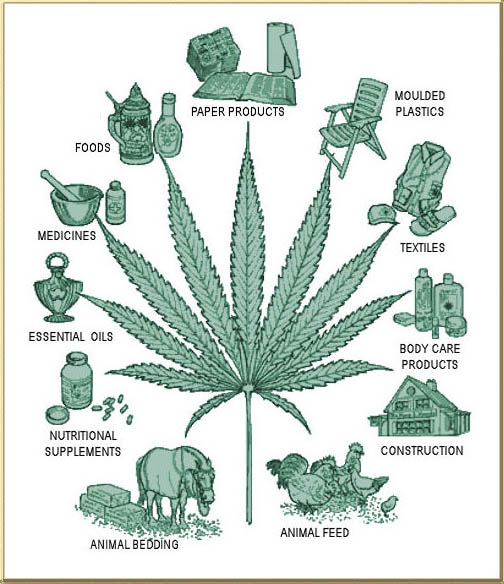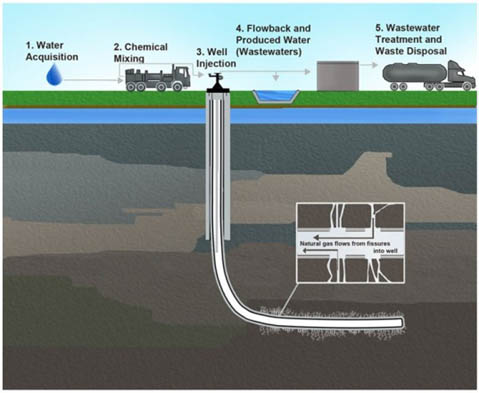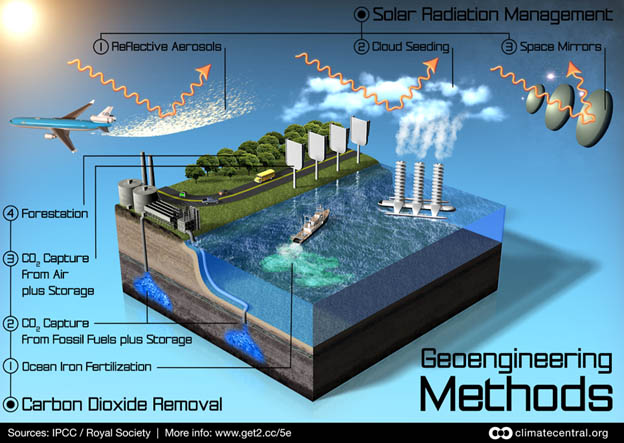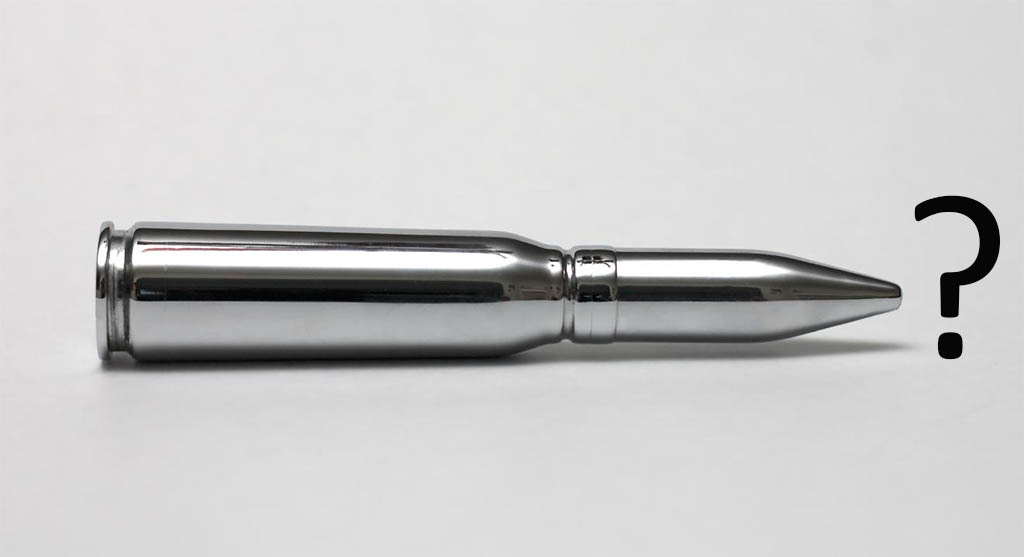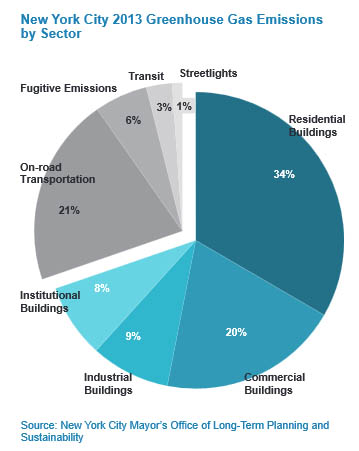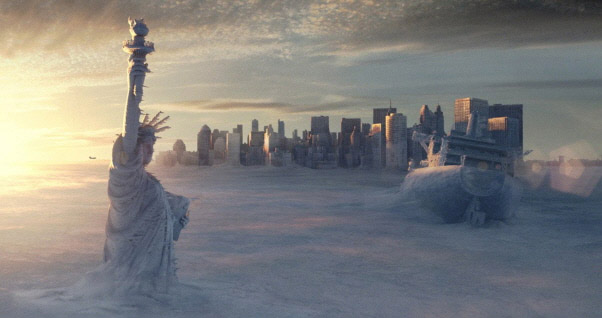
A Sci-Fi, Cli-Fi* dystopia
I love a good dystopia. Now that may seem odd for a self-styled EcoOptimist, but we’re all entitled to some form of escapism. (So long as it doesn’t include zombies. You have to draw the line somewhere.)
I prefer my dystopias to be fictional, though. Like most of us, I enjoy my creature comforts: the Internet, indoor plumbing and air conditioning, off-season foods. Even the occasional cross-country flight, as uncomfortable and eco-guilt ridden as it may be. I have no desire to travel on horseback, read by candlelight (tried that during Sandy) or slaughter animals myself for food. No Luddite I.
That doesn’t, however, mean I place all hope in technology. That’s an equally unrealistic notion. Yes, there may be tech solutions that solve problems like anthropogenic warming or nuclear waste. Indeed we have the strong beginnings of some of those solutions now in the form of reliable renewable energy. Our rampart materialism is showing some signs of abatement as, ironically, the tech industries mature and as we begin to realize that bigger cars and homes do not make us happier. And the green — as in agricultural — revolution may yet find a way to feed 9 billion people in the long term without devastating the soil and water it depends on.
I’m not ready to rule out engaging those technological possibilities – vehicles and appliances that consume less energy and less material, lifestyles that are lower in carbon but higher in happiness — in favor of the opposite path: extreme population reduction and technological reversal to the pre-digital (or perhaps the pre-steam engine) age. There’s a utopia somewhere between dystopia and the singularity.
That’s why I reacted with disappointment to the recent New York Times article “It’s the End of the World as We Know It . . . and He Feels Fine.” The article is a profile of 41 year old Englishman, Paul Kingsnorth, who has engaged in “Uncivilization,” what sounds like a cross between Burning Man and survivalism with a bit of 60s commune living thrown in.
At core, Kingsnorth does not believe our current civilization either can survive or is worthy of survival. My weighted hope in technology is, for him, a lie. “What all [the environmental] movements are doing, is selling people a false premise. They’re saying, ‘If we take these actions, we will be able to achieve this goal.’ And if you can’t, and you know that, then you’re lying to people.”
And in his view, it goes beyond being a lie. It is a fundamentally wrong view of our relationship with the rest of the planet:
For Kingsnorth, the notion that technology will stave off the most catastrophic effects of global warming is not just wrong, it’s repellent — a distortion of the proper relationship between humans and the natural world and evidence that in the throes of crisis, many environmentalists have abandoned the principle that “nature has some intrinsic, inherent value beyond the instrumental.” If we lose sight of that ideal in the name of saving civilization, he argues, if we allow ourselves to erect wind farms on every mountain and solar arrays in every desert, we will be accepting a Faustian bargain.
This is a rehash of the environmental schism that began in the early twentieth century between conservationists and preservations. Conservations like Gifford Pinchot debated preservations like John Muir in advocating for “wise use” of resources, their instrumental use, versus recognition of the intrinsic value of nature. This played out in the political battle for the Hetch Hetchy valley in California: would a beautiful view be preserved or would a dam be built to secure San Francisco’s water supply? Pinchot’s argument won out and Teddy Roosevelt, one of our most environmentalist presidents, OK’d the dam.
My first argument with Kinsgnorth’s approach is that it is unrealistic – short of a future he foresees as inevitable, the human population is simply not going to willingly turn back the clock. But I also find his back-to-the earth philosophy uninspiring and, for many or most of us, unenticing. The New York Times, by profiling him and his movement, continues a stereotype which casts environmentalism in a dispiriting hopelessness that brings out the most unpopular aspects of treehuggerism.
I don’t believe our environmental crises should be sugar coated, but I also don’t believe it is effective – and the last fifty years of the “green” movement have proved this – to tell people they have been hedonistic and abusive players in the Earth’s sandbox.
The difference between Kingsnorth’s approach and others’ like mine is, I think, hope. In the Times article, he is quoted as distinguishing “between a ‘problem,’ which can be solved, and a ‘predicament,’ which must be endured.” The writer continues “Uncivilization” [Kingsnorth’s manifesto] was firm in its conviction that climate change and other ecological crises are predicaments, and it called for a cadre of like-minded writers to “challenge the stories which underpin our civilization: the myth of progress, the myth of human centrality and the myth of separation from ‘nature.’ ”
I have no disagreement with changing our selfish and irrational belief in human centrality (a belief which ironically arises from our rationality) and dismantling our philosophical separation from nature. These advances in our self-image are fundamental to understanding our roles in the Earth’s ecosystems. But EcoOptimism is not ready to give up on progress and solutions. We’re not going to just expect them to fall into our laps, as some technology believers do, and we’re not going to blindly accept technological “advances” as good things. But it is imperative that hope be a central part of our environmental actions and aspirations, and portrayals like the Times’ of the environmental movement as survivalists who advocate drastic sacrifices are not going to help us gain mainstream hearts and minds.
Meanwhile, I think I’ll spend the evening watching DVR’d episodes of dystopic shows on SyFy.
(*Psst, have you heard? The next new genre is “Cli-Fi”: shows, books and movies about climate disasters. I may have to get a bigger DVR.)
